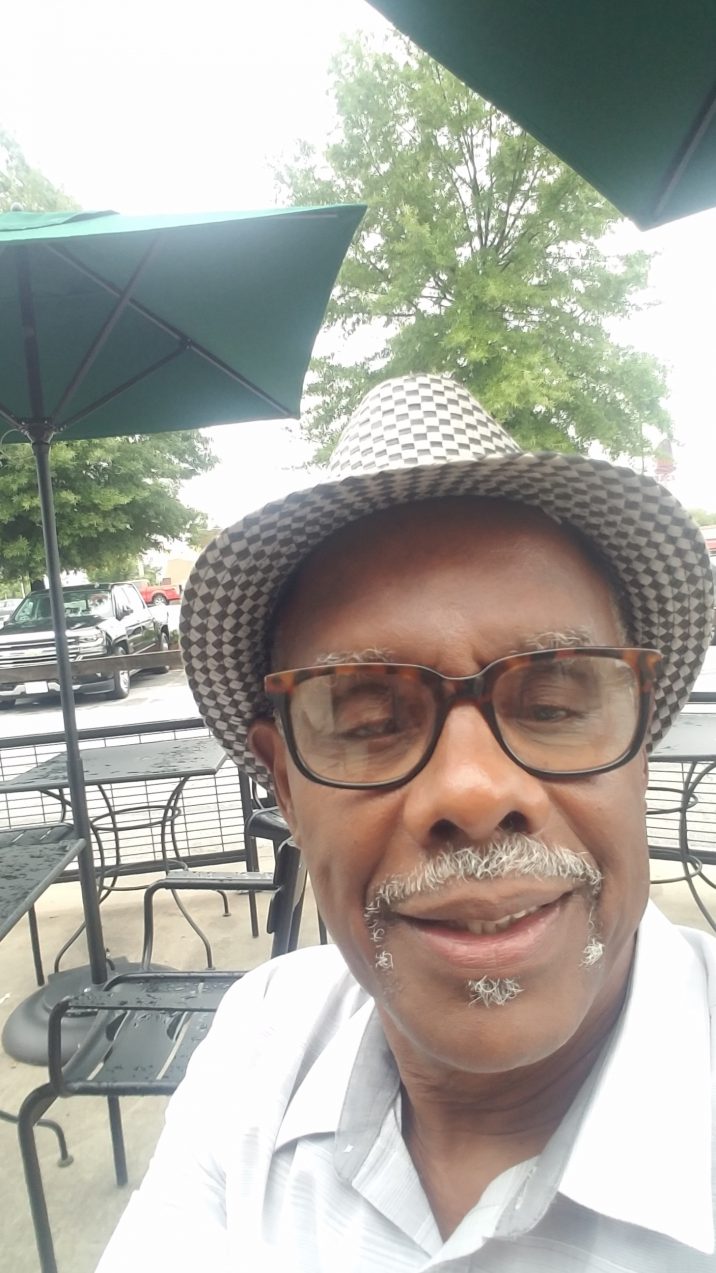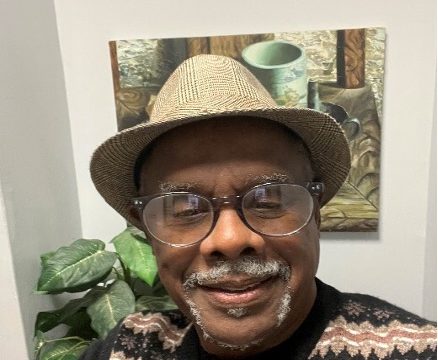

Bet that headline got your eye and suppose you want me to explain, huh?
OK, OK I will. But first this backdrop.
You see, I’m often asked to suggest good books to read to learn about diversity, race in particular. Here’s a glimpse of some of it, the first one I received the other day.
“Terry, I’m sending out at Mail Chimp some links for Black History Month 2021 and was wondering if you could send me 3/5 of your favorite resources on race/Black history?”
“Who are the contemporary thought leaders on race, Terry?” queried another.
“Someone suggested “Dr. So-and- So’s” book; would you recommend it?” surfaced another.
Now there are books aplenty out there on diversity-related topics including race. Just punch “books” on race into your favorite search engine and lots of stuff will pop up.
But you know what? Although we may not have thought about it in this way, but many of us were exposed years ago to some of the best stuff ever produced on “diversity” long before the word etched itself into today’s conversations.
And the truth is that much of it was done by some great white guys who spoke, wrote and painted pictures laced with “diversity” themes. Astoundingly, much of their work was often done under social and political conditions unmatched by modern times.
Now before you question the veracity of my premise, my sanity, or perhaps both, c’mon, join me, and I’ll take you back through the lyrics, prose and paint brushes of history.
You needn’t pack a suitcase; just bring along your wildest imagination. You’ll hear from some of these guys and will, I hope, end with an appreciation of how their words and deeds put today’s diversity and race work into the historical context they deserve.
The late 18th century Elizabethan England is as good as any place to start. We’ll slip down the dark alley and tiptoe quietly into the back of a church I’m familiar with. There’s a sermon going on inside. Shhh, listen to the guy at the podium, the bearded one.
“No man is an island, entire of himself! Every man is a piece of the continent, a part of the whole.”
Remember him? Recall that line? Yes, that’s John Donne, one of the pre-eminent orators of his era. Now tell me that’s not a “diversity” message!
Let’s fast forward across the ocean to an old barn in Massachusetts, west of Boston. I’ll scrape an opening through the frost on the window so that we can steal a peak at the inhabitants inside.
Ah, listen to them; Herman Melville, Henry Wadsworth Longfellow and Nathaniel Hawthorne, as they hotly debate in conversations lubricated with rum and black beer the key issues of the day. I’m willing to wager that the average reader never thought of these guys as great “diversity” writers, but in today’s context, they were.
Take Melville. Through the imagery of his Moby Dick, I visited the sun-drenched deck of the Pequot opposite a white-haired Captain Ahab and joined him in his famous search for the great white whale. From there I sailed across the ocean to the unspoiled island of Tahiti where I soaked up the culture and admired the rainbow tints of its inhabitants.
Not one to be outdone, Mr. Longfellow, in his Song of Hiawatha, enthralled me with the inner strength, dignity and the humanity he saw in the American Indian. My hunch is that few would consider Melville and Longfellow as great writers of cultural diversity. But they were.
Let’s head east now and try to catch up with Henry David Thoreau on Walden Pond. Word about town is that he was released from jail last night for refusing to pay his poll tax in protest of slavery. He’s probably in a cantankerous mood so it may be unwise to stay too long. But maybe we can get him to read from his Civil Disobedience before he runs us off with his shotgun.
Hum, wonder how many accepted the notion that “protests” started in the 1960s in the U.S. South and continues today? Try telling that to Thoreau or the great white guys I’ll tell you about in the next paragraphs. We must move on before the snowfall comes.
We’ll stop and chat with James Russell Lowell, a powerful writer in his own right, himself a vocal abolitionist. Remember the line, “Truth crushed to earth will rise again?” Yes, that one belongs to Lowell. And yes, in today’s context it’s a diversity message.
Back out there in western Massachusetts, let’s assemble at the feet of Norman Rockwell. Through eyes moistened by his pipe smoke, we’ll immerse ourselves into his painting, “The problem we all live with.” Remember that one? It appeared on the cover of Look Magazine in 1964 with the image of a pony-tailed young Black girl taking courageous steps to enter a previously segregated school. With magical strokes of his brush, Rockwell adroitly captured the essence of the civil rights movement.
Time to swing southward now to where Walt Whitman holds a seat for us on the Brooklyn Ferry. He’s agreed to read passages from his Leaves of Grass, splendid lyrics, a few of which flirted dangerously close, especially for his times, to references to male homosexuality.
Our trek continues further south where the green countryside of rural eastern Pennsylvania beckons us. Let’s climb on the back of a horse-drawn carriage with some nameless Quakers, many whom provided stopovers for runaway slaves. They have lots of stories to tell us and promised to drop us off at the West Virginia state line.
By day’s end we should end up in Harpers Ferry, West Virginia and, with any luck, we may get to share some freshly brewed coffee and a cigar with John Brown, who led a historical slave rebellion and sacrificed his life for diversity.
On to Mississippi. When we get to Oxford, let’s hike up a dusty road to a graying bungalow I know about. The gentleman on the front porch who’ll stare out and welcome us from his creaky rocking chair will be none other than William Faulkner.
Once there we can sip shots of whiskey or lemonade and swat flies as he tells us what motivated his Go Down Moses and his courage to tackle race and other thorny social issues of his day.
OK, open your eyes and snap back into reality. Here’s the crux of my message: if you really want to learn about diversity, start with these guys. Their works are probably packed away, perhaps in a box in the corner of your attic. Failing that, try the local library, your daughter’s book bag or the next garage sale.
Another idea? Take in Othello or Romeo & Juliet at a weekend Shakespearian festival. From Shakespeare you will learn a lot about diversity.
Wow, imagine for a moment attending a (post-COVID, of course) conference with Donne delivering the keynote, Whitman, Lowell, Melville and Thoreau leading breakout sessions and the walls covered with Rockwell’s best. Shucks, I’d pay a scalper’s ticket price for a front-row seat at that one.
Yes, these were just a few of some great white guys, visionaries them all. And if my experience is a good barometer, there are great ones in the world today. Let’s acknowledge that fact and take time to recognize, thank and encourage them. Hopefully, our just completed journey is incentive enough for all of us to do just that! © Terry Howard is an award-winning writer and storyteller and co-founder of the “26 Tiny Paintbrushes” writers guild



That Cochise album though!!!!!!!